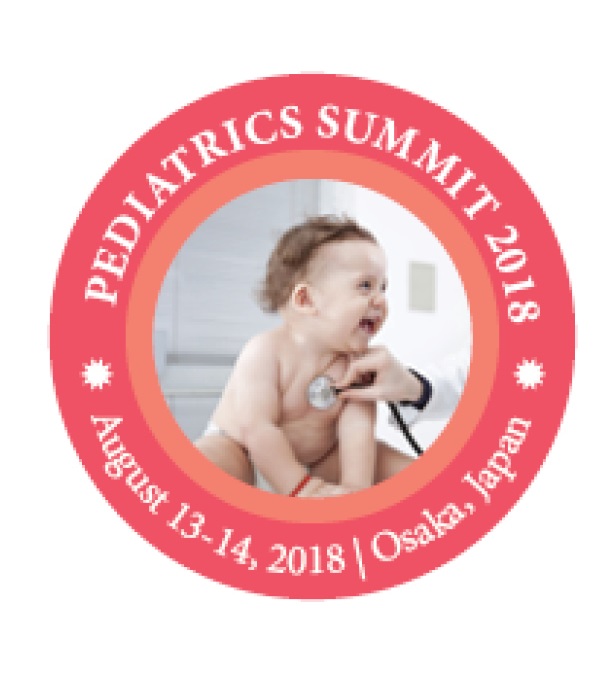Henok Tadele
Hawassa University, Ethiopia
Title: Determinants of exclusive breastfeeding in infants less than six months of age in Hawassa, an urban setting, Ethiopia
Biography
Biography: Henok Tadele
Abstract
Background: Th e World Health Organization (WHO) recommends exclusive breastfeeding (EBF) for the fi rst six months of life. However, the proportion of EBF in Ethiopia is 58%. Th e EBF practice and factors aff ecting it have not been studied in Hawassa, Southern Ethiopia. Th e aim of this study was to assess the prevalence and determinants of EBF practice among infants less than six months age in Hawassa city, Ethiopia.
Methods: A total of 529 mothers with infants aged 0–6 months were involved in this study between November 2015 and January 2016. Trained interviewers collected data from the mothers of the infants. Exclusive breastfeeding was assessed based on infant feeding practice in the prior 24 h. Multivariable logistic regression analysis was conducted.
Results: Infants aged 0–5.9 months were studied with comparable gender composition (51.4% females). Th e exclusive breastfeeding prevalence was 60.9% (95% CI 56.6, 65.1). Mothers with infants aged 0–1.9 months and 2–3.9 months practiced EBF more likely than mothers with infants aged 4–6 months (Adjusted odds ratio [AOR] 3.59; 95% CI 2.07, 6.2) and (AOR 2.08; 95% CI 1.23, 3.5), respectively. Married mothers practiced EBF more likely than singles (AOR 2.04; 95% CI 1.03, 4.06). Housewives practiced EBF more likely than employed mothers (AOR 2.57; 95% CI 1.34, 4.9). Mothers who had a vaginal birth were more likely to practice EBF than mothers who gave birth via Cesarean section (AOR 2.8; 95% CI 1.7, 4.6). Mothers who gave birth at a healthcare facility were more likely to practice EBF than mothers who gave birth at home (AOR 8.8; 95% CI 5.04, 15.4). Mothers without a breast complication practiced exclusive breastfeeding more than mothers with breast complications (AOR 2.05; 95% CI 1.5, 4.1).
Conclusions: Th is study showed a low prevalence of exclusive breastfeeding. Younger infants, babies born to married women, who are housewives, having a vaginal birth in a health facility, and whose mother’s breasts were healthy, were predictors for EBF. Th e promotion of an institutional delivery, optimal breastfeeding practices, and designing strategies to better support employed mothers are recommended.
Keywords: Less than six months of age, Determinants, Ethiopia, Exclusive breastfeeding

